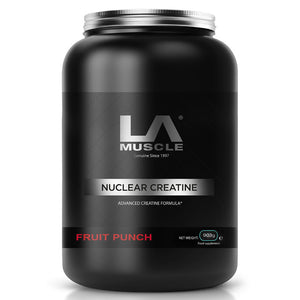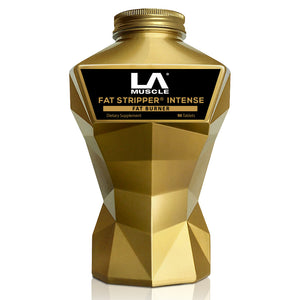
The quest for 8-pack abs is a common fitness goal, often seen as the pinnacle of abdominal development. However, whether one can achieve this look depends on several factors, including genetics, diet, and exercise. In this article, we'll explore the interplay of these elements and provide advice on how to get as close as possible to an 8-pack, including diet and exercise recommendations.
The Role of Genetics in 8-Pack Abs
Genetics play a significant role in determining the number of visible abdominal muscles. The rectus abdominis is a single muscle, but tendinous inscriptions divide it into sections. Most people have three inscriptions, creating six segments, which is why the six-pack is more common. A fourth inscription, necessary for an 8-pack, is much rarer and largely determined by genetics. Additionally, genetics determine fat distribution and how easily one can lose fat in the abdominal area, crucial for making any abs visible.
Achieving the Best Possible Abs for Your Body
While genetics set certain limits, you can still work towards the best possible abs for your body. Achieving this involves a combination of body fat reduction and muscle development.
Diet
Reducing body fat is essential for making abs visible. A diet that creates a caloric deficit is key, meaning you consume fewer calories than you burn. However, it's important to do this healthily:
- High-Protein Diet: Protein supports muscle growth and repair. It also aids in fat loss by increasing satiety and boosting metabolism.
- Low-Processed Foods: Focus on whole foods like vegetables, fruits, lean meats, and whole grains. These foods are more nutritious and less calorie-dense.
- Hydration: Drinking plenty of water can aid in digestion and help manage hunger.
- Moderate Carbohydrates and Fats: While low-carb diets are popular, carbohydrates are essential for energy, especially if you're engaging in high-intensity workouts. Healthy fats are also crucial for hormone production, including those involved in fat metabolism.
Exercise
Developing the muscles of the rectus abdominis and the surrounding core muscles can create a more defined look, even if an 8-pack isn't genetically possible for you:
- Compound Movements: Exercises like squats, deadlifts, and overhead presses engage the core, along with several other muscle groups.
- Targeted Ab Exercises: Incorporate a variety of exercises that target all parts of the abs, including the lower abs, which are often harder to define. Leg raises, hanging leg raises, and reverse crunches can be particularly effective.
- Consistency and Variation: Regularly change your workout routine to challenge your muscles in different ways and prevent plateaus.
- Cardiovascular Exercise: High-intensity interval training (HIIT) can be effective for burning fat without losing muscle mass. It combines short bursts of intense exercise with periods of rest or lower-intensity exercise.
While not everyone can achieve an 8-pack due to genetic limitations, focusing on a healthy diet and consistent, varied exercise can help you get as close as possible to your body's best abs. Remember, the journey to great abs is a marathon, not a sprint. It requires dedication, discipline, and patience. Celebrate your progress along the way, and don't get discouraged by genetic limitations. The pursuit of fitness and health is a worthy goal in itself, with or without an 8-pack. If you are struggling and want that last bit of fat gone to see your six or eight pack try Six Pack Pill Extreme. This is a supplement proven to work for men and women.


























